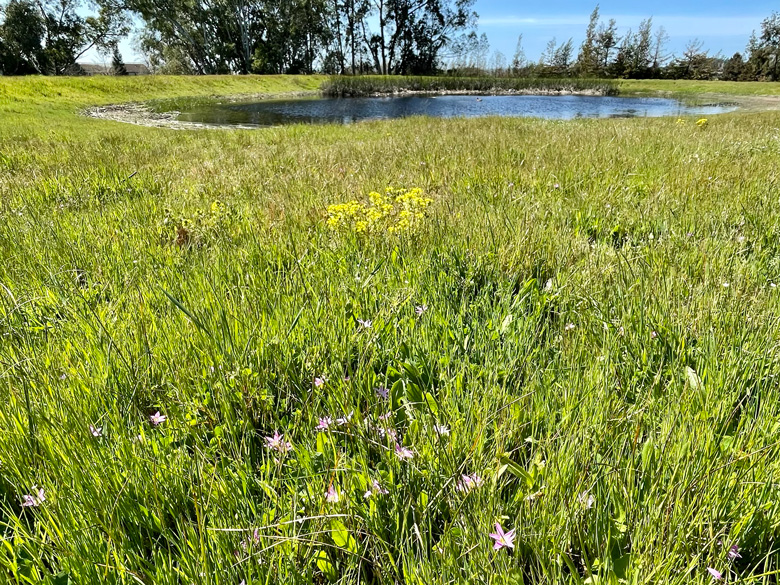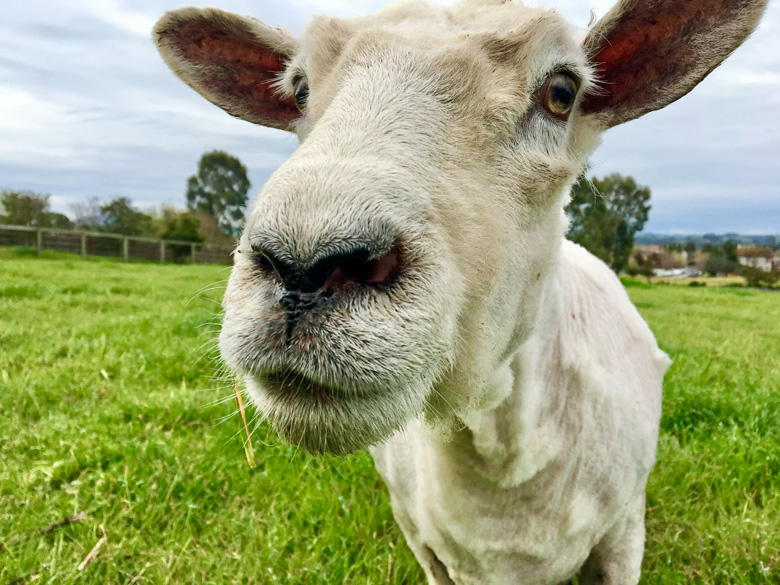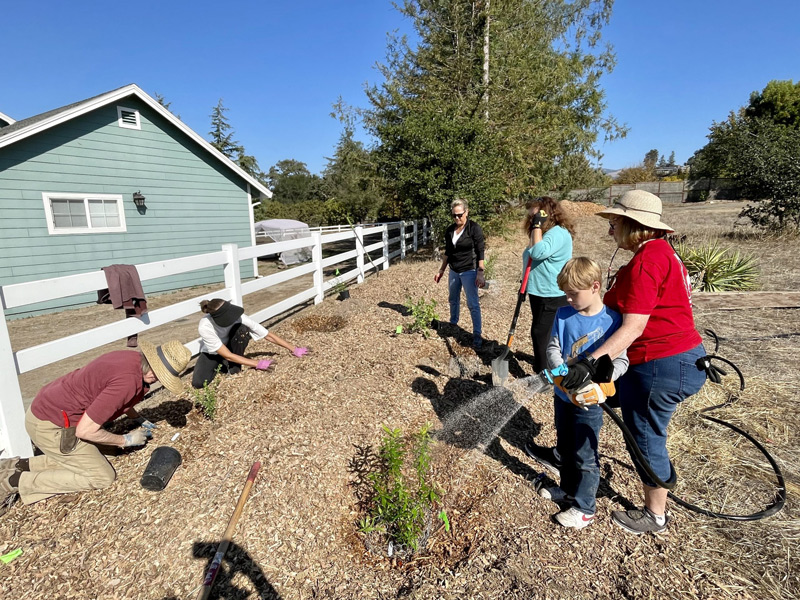Carbon Sequestration And Improving Air Quality

Capturing carbon from the atmosphere
Carbon farming refers to a whole farm approach to capture carbon from the atmosphere into plant material and soil ecosystems. It is often referred to as Regenerative Agriculture.

Utilizing organic matter from livestock
We implement prescribed grazing with livestock, utilizing their organic matter to naturally improve soil health, which in turn increases soil biodiversity, encourages pollinator habitats and return of native grasses.
Our atmosphere has too much carbon. We mindfully choose practices that aim to draw down carbon dioxide into the soil to restore balance to the earth’s climate, which builds ecological resilience to buffer the impact of drought, and to be part of the solution to climate change.
Carbon farming works through the photosynthesis process when plants absorb carbon dioxide from the air. The plants turn the carbon into sugars and other carbon compounds and secrete them through the roots. Some of these compounds serve as food for microorganisms. These microbes break down organic substances into the soil making it easier for the plants to absorb the nutrients. The secretions from these microbes and waste matter from creatures in the soil like earth worms bind the soil together or aggregate it. Aggregated soil has spaces that allow for the air and water to flow, and these spaces also create room for roots to grow. This forms a cycle where the more the ecosystem in the soil flourishes, the better the soil’s condition and the higher the amount of carbon in the soil.
With improved plant life, the carbon is naturally stored in the vegetation, and the increased vegetation mitigates the risk of soil erosion. Aggregated soil resist breaking apart when exposed to forces such as water and wind erosion. Improved resilience and health of our soil increases carbon sequestration into our soil and plant life while improving air quality.
Carbon Farm Seed Fund
Our farm is delighted to be recipients of Fibershed’s 2022 Carbon Farm Seed Fund grant. The grant provides funding to support Carbon Farming practices to Fibershed Producer members with shovel ready projects. Mustang Acres’ intention for the grant is to implement mulch and compost application, tree and hedgerow planting and riparian restoration of our seasonal pond. In Sonoma county, of the estimated 160,250 acres of agriculture land, 104,443 acres of grazing land can conservatively sequester 1 metric ton of greenhouse gases per acre per year. We are committed to carbon farming to sequester greenhouse gases and helping Sonoma county achieve carbon neutrality.
Since being awarded the grant, we have organized volunteer work days to spread mulch and compost along the designated hedgerow areas, and recruited volunteers to make gopher baskets (which are enclosures made of wire mesh) for the new plants, to prevent burrowing pests such as gophers from eating the plant roots. Mulch and compost were spread on the planting areas. The mulch helps retain moisture in the soil and reduces soil erosion and compaction. We have dug holes and started planting native plants to establish hedgerows for pollinator and wildlife habitats.
Climate Beneficial Practices
Our farm is committed to being part of the climate change solution. We implement carbon farming practices including prescribed grazing, mulch and compost application, and tree and hedgerow planting, to increase the rates of carbon sequestration into the soil, to enhance soil health and increase its water holding capacity. We continue to work towards implementing a Carbon Farm Plan. We are proud to partner with Fibershed, a non-profit organization which has a mission to support the emergence of regional, regenerative fiber systems. We are a certified Fibershed producer of sustainable fiber, and we have achieved Fibershed’s Climate Beneficial™ Transitional (CBT) status. We continue to work towards becoming Climate Beneficial™ Verified.





